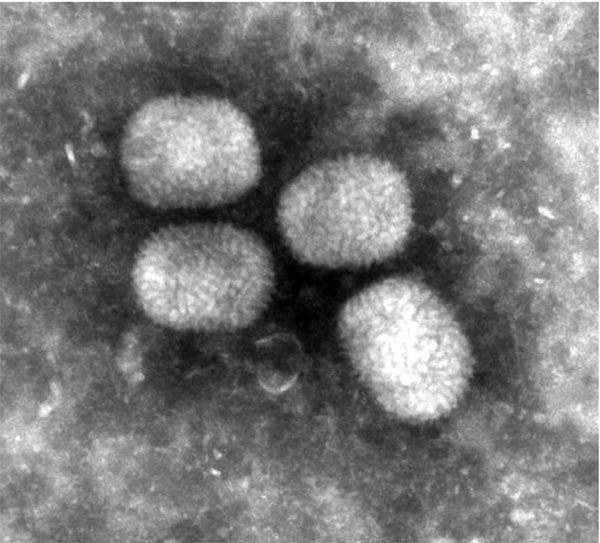Volume 23, Number 10—October 2017
Dispatch
Berlin Squirrelpox Virus, a New Poxvirus in Red Squirrels, Berlin, Germany
Figure 1

Figure 1. Ultrastructure of Berlin squirrelpox virus particles from skin lesions on a red squirrel in Berlin, Germany, visualized by negative staining (uranyl acetate) (original magnification ×68,000).
1These authors contributed equally to this article.
Page created: September 18, 2017
Page updated: September 18, 2017
Page reviewed: September 18, 2017
The conclusions, findings, and opinions expressed by authors contributing to this journal do not necessarily reflect the official position of the U.S. Department of Health and Human Services, the Public Health Service, the Centers for Disease Control and Prevention, or the authors' affiliated institutions. Use of trade names is for identification only and does not imply endorsement by any of the groups named above.